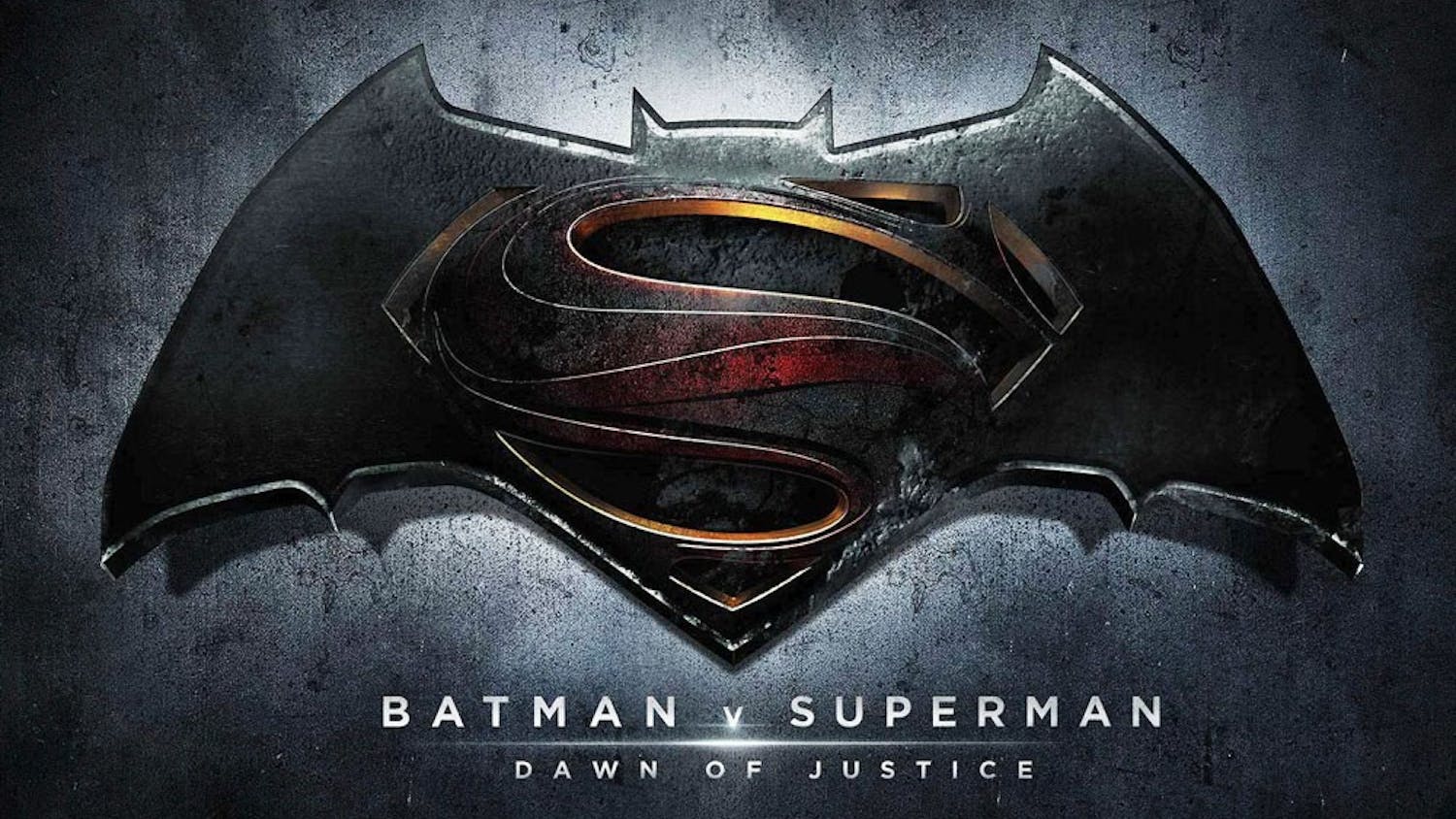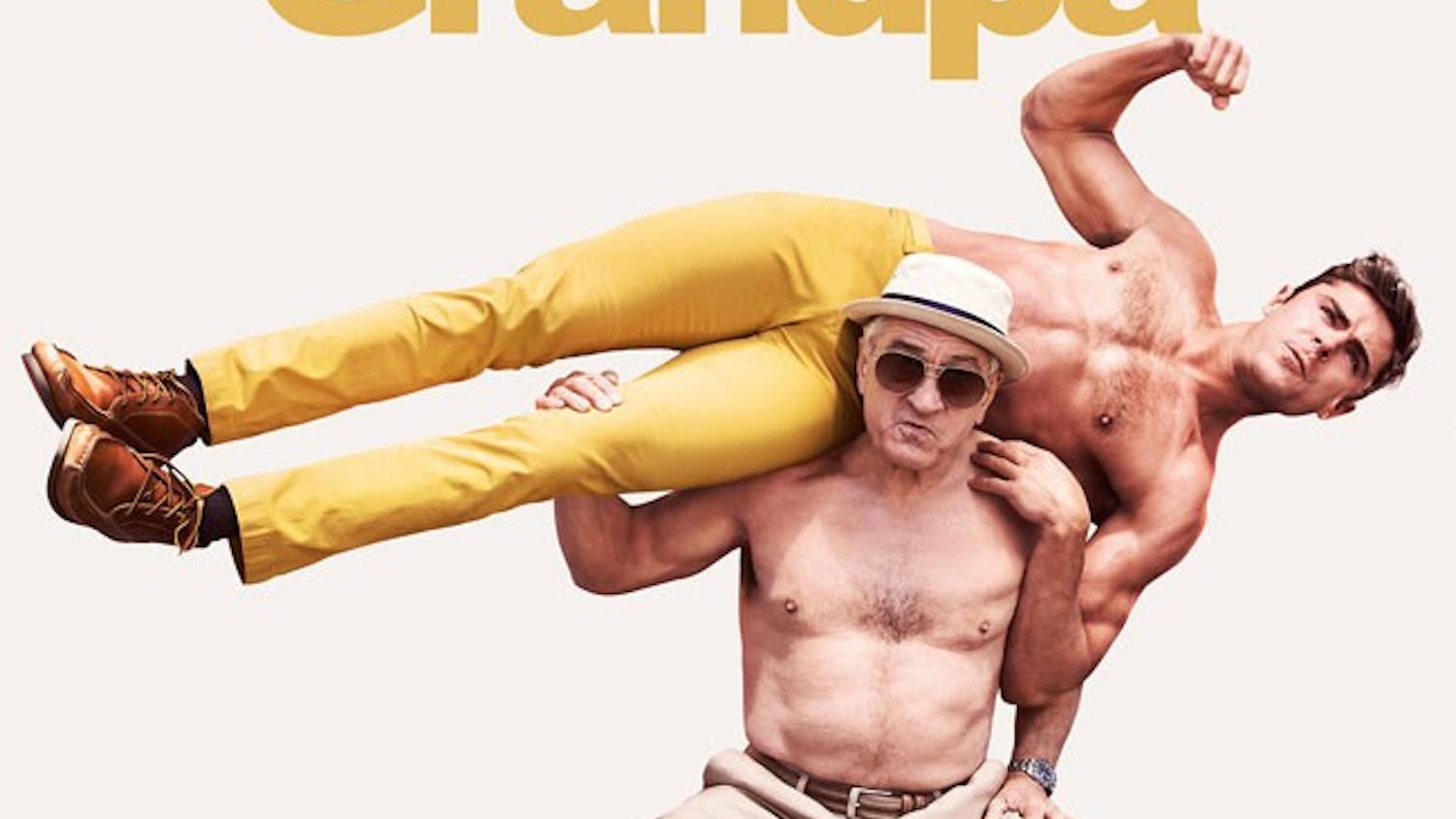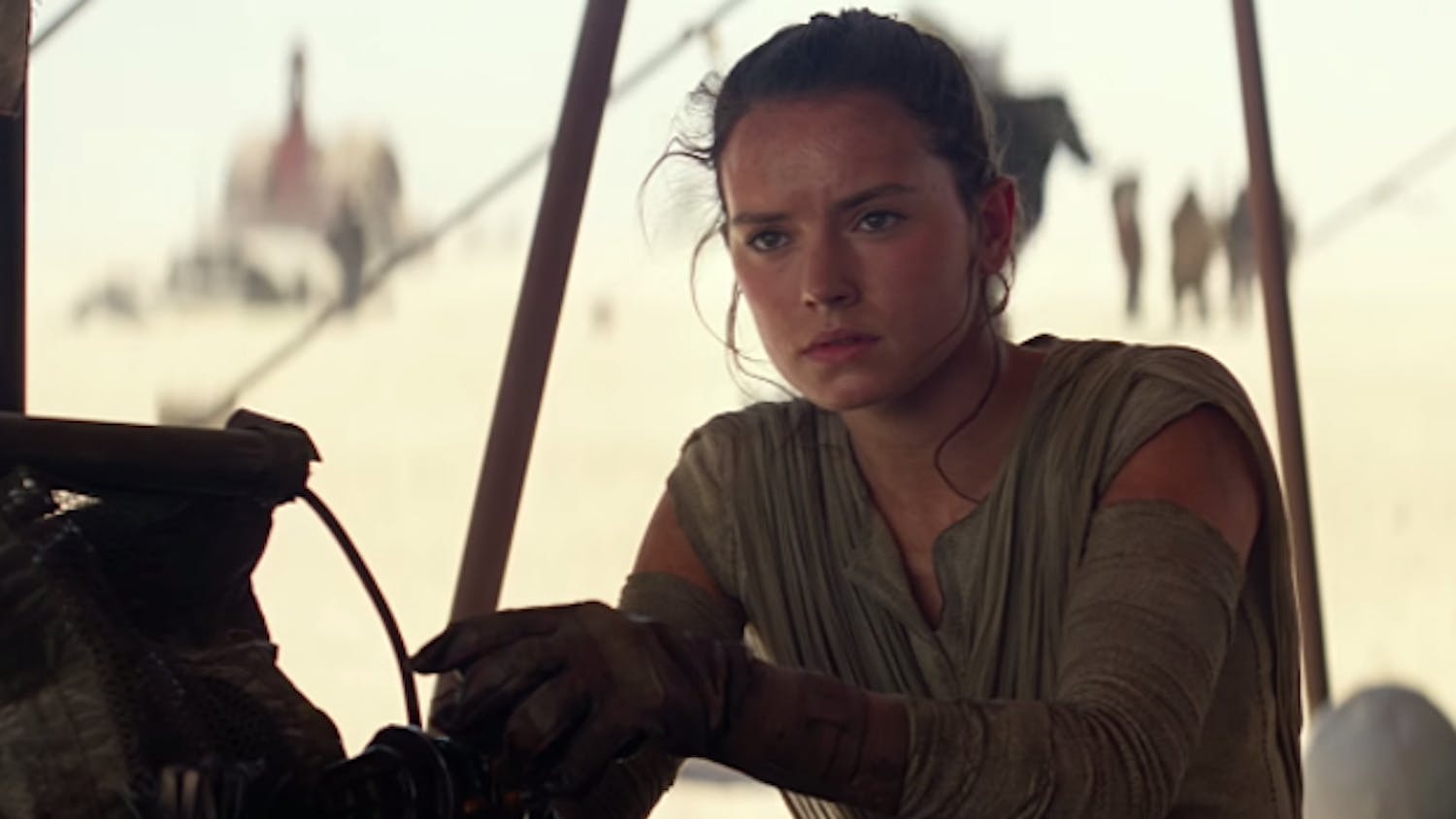With the anticipation of Martin Scorsese's new film The Wolf of Wall Street reverberating around the world, as it is due for a Christmas Day theatrical release, now is the perfect time to consider the celebrated director's impact and influence on music in movies.
It is commonplace to associate Scorsese with his distinctive use of rock music in his films - accompanying the images he puts on the screen with pulsating music to evoke the characters' emotions and the environment they inhabit. He creates hypnotic rhythm and hallucinatory effect stronger than just about any other American filmmaker. And he exudes the sense of viscerally charged sensuality that the power of movies emanates from.
What many young moviegoers today don't realize is that his highly influential stylistic trademark that has captured the instincts of innumerable later directors didn't start with Goodfellas - which had a soundtrack ranging from Tony Bennett to Aretha Franklin to Eric Clapton. It actually began with the 1973 film Mean Streets, another gangster film that is, at its heart, a study of American life.
Both are examples of deeply personal filmmaking. Mean Streets was Scorsese's first feature film of his own design. He made it about what he knew best: Little Italy, where he grew up. In a sense, it is to him what I Vitteloni was to Fellini. In addition to Scorsese's film being a triumph of operatic stylism and a penetrating look at a particular time and place, it was American cinema's introduction to a new way to incorporate music in film.
Unlike the directors of the Golden Age who often relied on composers to devise an original score, Scorsese utilized specifically chosen existing tracks. He does so certainly to create rhythm and establish a mood and tone, but he also uses them to express his own directorial voice. The choice of song in each scene and how it is used is his deliberate way of communicating to the spectator what is going on beyond the surface of the action.
I am a firm believer that film and music and every other kind of art form deserve to be considered texts. That is just another way of saying that everything in them has meaning, and is, thus, worthy of interpretation and critical judgment.
Scorsese uses music as a mechanism of intertextuality - when strands of a certain text are woven into another text. So, when The Rolling Stones' "Jumpin' Jack Flash" is played, as Charlie, played by Harvey Keitel, enters a bar in Mean Streets, Scorsese is incorporating that text's meaning and significance into Charlie's character and situation - that possibly he, too, was "born in a cross fire hurricane."
One thing Scorsese's characters are not is articulate. His films are some of the most acute studies of inarticulateness out there. And he uses music to say about the characters what they are unable to recognize about themselves. Peter Bogdanovich would use music to this same effect two years before Mean Streets in 1971 with his desolate and poignant film The Last Picture Show. (Scorsese would note that Bogdanovich used a different kind of music in a similar way).
When Scorsese made Mean Streets, he was learning the kind of filmmaking style he wanted to embrace, and he also introduced this kind of filmmaking to others. Scorsese has always been a decidedly musical director. Even if you were to cut out New York, New York, he uses music as a separate character in each of his films.
There have been many directors who have been influenced by this, and you can see strands of his style of inserting music in a lot of different filmmakers. But three prominent filmmakers we see today using music to a similar effect are Quentin Tarantino, Paul Thomas (P.T.) Anderson and Wes Anderson. All three have mentioned Scorsese as an influence in general in the past, but their words are not necessary for us to recognize the influence - it is right there on the screen.
Each of these directors heavily relies on existing tracks to create his personal style and voice, and each uses these specific tracks to communicate about the characters what the characters are unable to communicate about themselves. And it often can provide a meta-commentary on the film.
In Pulp Fiction, for instance, when Vince Vega (John Travolta) takes Mia Wallace (Uma Thurman) on a date at the request of Marsellus Wallace, her husband and Vince's boss, while Marsellus is out of town, Tarantino inserts the song "Girl, You'll Be a Woman Soon," performed by Urge Overkill before Mia is about to overdose on drugs. This, in effect, is a way to suggest that Mia is about to have a transformative episode in which she may (and does) experience a loss of innocence - a noted mark of aging.
Both Wes and P.T. are more adept than Tarantino at using music to establish rhythm while providing insight into their own films, and the deliberateness behind their decisions for what song to use gives viewers something to probe deeper into with each viewing.
What Scorsese introduced was a way to use a different kind of music to apply in his films. This gave a new generation of young aspiring directors permission, in a sense, to do the same with the kind of music that interested them.
Scorsese didn't just use existing tracks; he used the great Bernard Herman as a composer in Taxi Driver, for example. And in films like Mean Streets and Goodfellas (and later Casino and The Departed), he established a sense of possibility for the use of music in film. And that sense has been a stronger influence on music in movies than any other modern American director.
Watch Scorsese's films and then watch Boogie Nights, Bottle Rocket and Reservoir Dogs, and you will notice the ghost of Scorsese's influence permeating throughout those films. What he did was he further demonstrated how film is a composite art form. The movies are better for it - and so are we.
email: arts@ubspectrum.com





